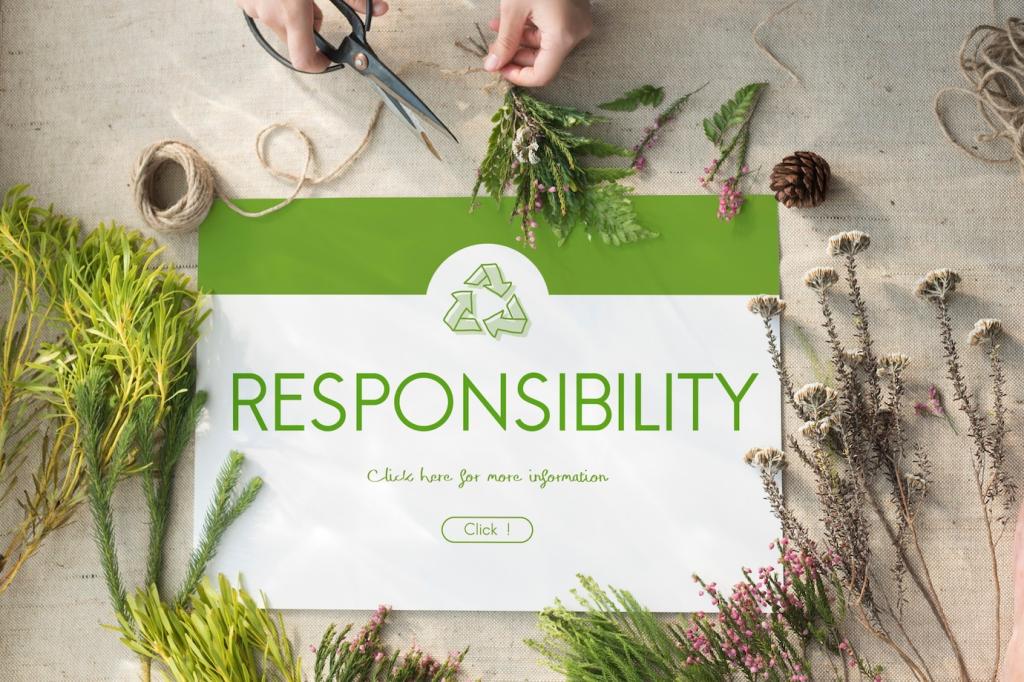Metal, Stone, and Glass: Cool Counterpoints to Warm Timber
Stabilize existing patina with a gentle rust converter or microcrystalline wax, then buff to a muted glow. Blackened steel shelf brackets and repurposed iron latches add quiet strength. Always smooth sharp edges and seal to prevent staining on textiles.
Metal, Stone, and Glass: Cool Counterpoints to Warm Timber
Reclaimed slate hearths and limestone window sills make meditative benches and shelves. Hone rather than polish for a velvety finish that diffuses glare. Pair porous stones with breathable sealers to resist stains while preserving their tactile honesty.





